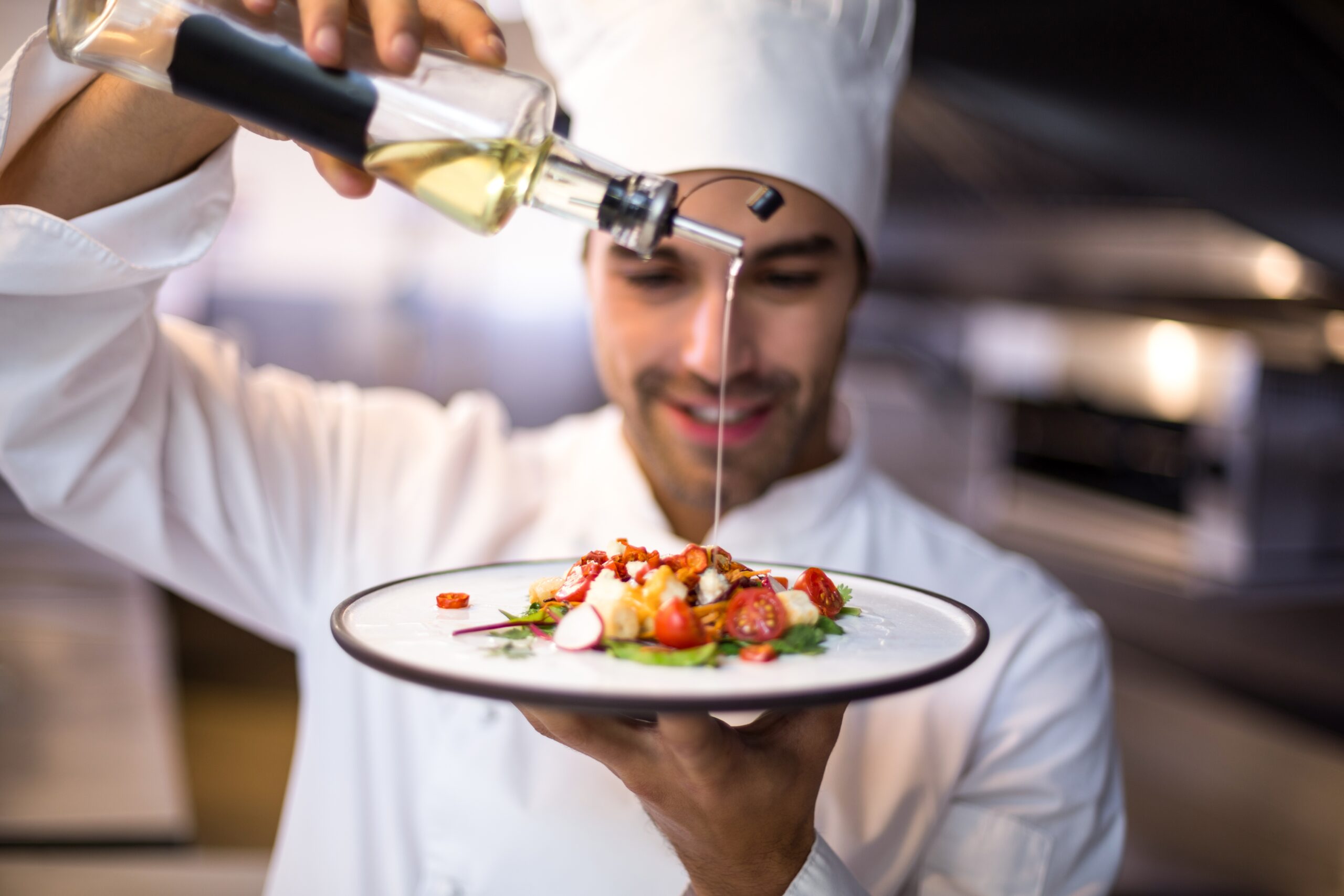Why Fine Dining Doesn’t Have to Be Complicated
When people hear the phrase “fine dining,” they often picture expensive restaurants, tiny portions, and ingredients they can’t pronounce. But here’s the truth: fine dining is more about the experience than the price tag. It’s about turning a simple meal into something memorable.
As the winner of MasterChef Season 14, I’ve learned that fine dining can be brought into any kitchen—no matter your background, budget, or skill level. You don’t need fancy equipment or a culinary degree to impress your guests or treat yourself to something special. You just need a few techniques, a little creativity, and a lot of love.
Here are my top secrets to bringing fine dining flavor and presentation to your everyday meals—without the fuss.
1. Start with Quality Ingredients
Fine dining starts with what you put on the plate, and quality ingredients make a big difference. That doesn’t mean everything has to be expensive or organic. It just means being intentional about what you buy.
Choose in-season produce for maximum flavor. Buy fresh herbs instead of dried when you can. And when it comes to meat, seafood, or cheese—buy less, but better quality. A small piece of great cheese or a fresh cut of meat goes much further than a lot of something mediocre.
Shopping with care is the first step in making your everyday meals taste like they came from a five-star kitchen.
2. Use Salt, Acid, and Fat Wisely
If I had to give you one simple formula for elevating flavor, it would be this: salt, acid, and fat. These three components, when used correctly, bring balance and depth to almost any dish.
- Salt enhances flavor—don’t be afraid of it! But season in layers, and taste as you go.
- Acid (like lemon juice, vinegar, or a splash of wine) brightens and balances richness.
- Fat (from butter, olive oil, or cream) adds smoothness and mouthfeel.
When you strike the right balance between those three, even the simplest dish can taste complex and restaurant-worthy.
3. Presentation Is Everything
In fine dining, we eat with our eyes first. And guess what? You can plate beautifully at home without being an artist.
Here are a few easy plating tips:
- Use a clean white plate to let the food pop.
- Don’t overcrowd the plate—less is more.
- Stack or layer ingredients for height.
- Add a pop of color with fresh herbs, a drizzle of sauce, or a sprinkle of spice.
Taking just one extra minute to plate thoughtfully can completely transform the way people experience your food. Even a grilled cheese can look gourmet with the right presentation.
4. Elevate the Familiar with One Special Touch
One of my favorite tricks is to take something everyone knows and add a twist. Think about your favorite comfort foods—mac and cheese, roasted chicken, pasta, soup—and give them a fine dining upgrade.
Here are a few examples:
- Add truffle oil or crispy pancetta to mac and cheese.
- Serve roasted chicken with a homemade herb jus instead of bottled gravy.
- Swap jarred tomato sauce for a quick homemade marinara with fresh basil and garlic.
- Finish a soup with a drizzle of infused oil or a dollop of crème fraîche.
One small addition can turn an ordinary meal into something unforgettable.
5. Cook with Intention, Not Perfection
One of the biggest lessons I learned on MasterChef is that you don’t need to be perfect to make great food—you just need to be intentional.
That means putting thought into your ingredients, your technique, and the people you’re cooking for. Fine dining isn’t just about complexity—it’s about care.
Even something as simple as scrambled eggs can be elevated when you cook them low and slow, with butter and a little chive garnish. It’s all about treating your food (and yourself) with respect.
6. Don’t Skip the Little Extras
Chefs love details. That final sprinkle of flaky salt, the squeeze of lemon, the garnish of microgreens—it’s those little touches that make the biggest impact.
At home, try finishing dishes with:
- A few drops of good olive oil
- Fresh cracked pepper or chili flakes
- A squeeze of citrus
- A fresh herb like parsley, basil, or dill
- A light shaving of cheese
These extras don’t take much time, but they show you care—and your guests will taste the difference.
7. Set the Scene
Fine dining is a full experience, not just a plate of food. That means creating a vibe—even at home.
Light a candle. Put on music. Fold a napkin. Pour sparkling water or wine into a nice glass. You don’t need to throw a dinner party to treat a Tuesday night like a celebration.
When you create an intentional atmosphere, you turn dinner into a moment—and that’s the heart of fine dining.
Make Every Meal Matter
You don’t need a fancy kitchen, a big budget, or a long résumé to cook like a chef. What you do need is care, curiosity, and a willingness to try something new.
Fine dining isn’t about showing off—it’s about making people feel special, including yourself. So next time you’re in the kitchen, ask yourself: What’s one small thing I can do to make this meal a little more memorable?
Because trust me—from one home cook turned MasterChef to another—you already have everything it takes to make everyday meals feel extraordinary.
Let’s make flavor simple. Let’s make fine dining approachable. And most of all—let’s make food that brings people together.
—
Follow me on Instagram [@FlavorPerfection] or visit my site for recipes, behind-the-scenes tips, and more ways to cook with heart.
